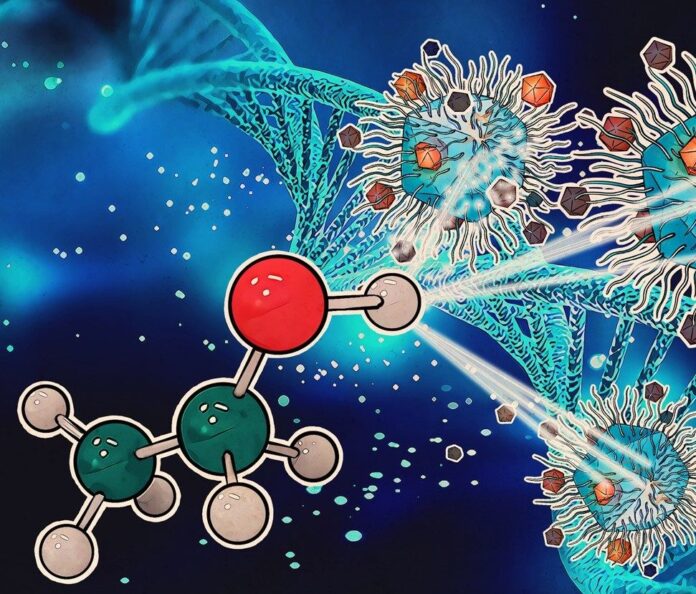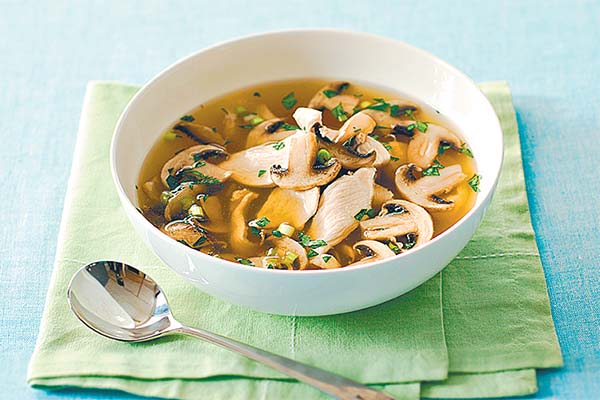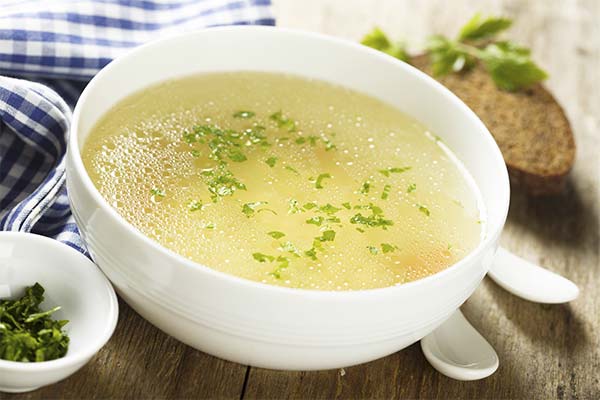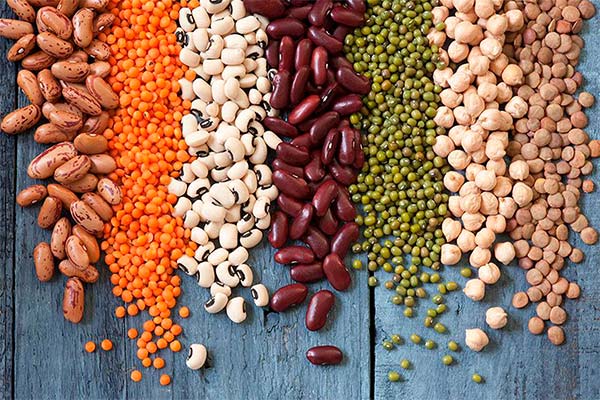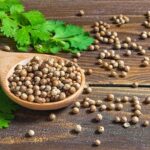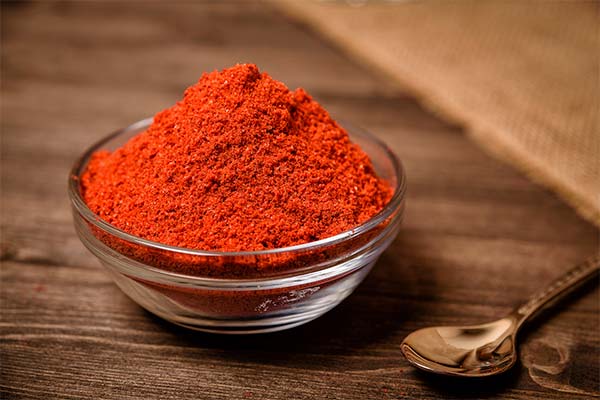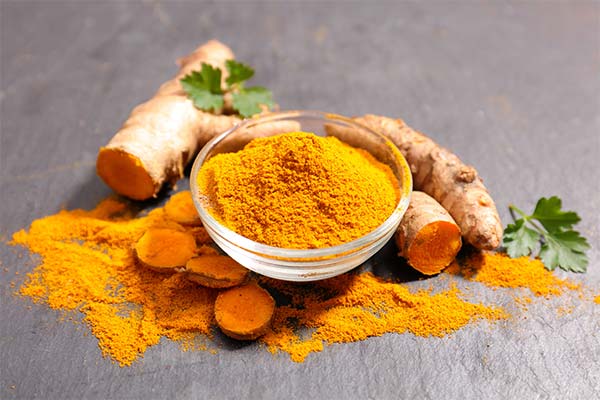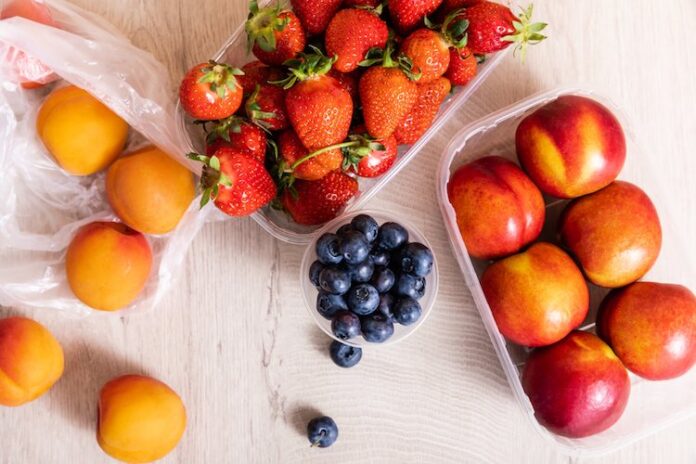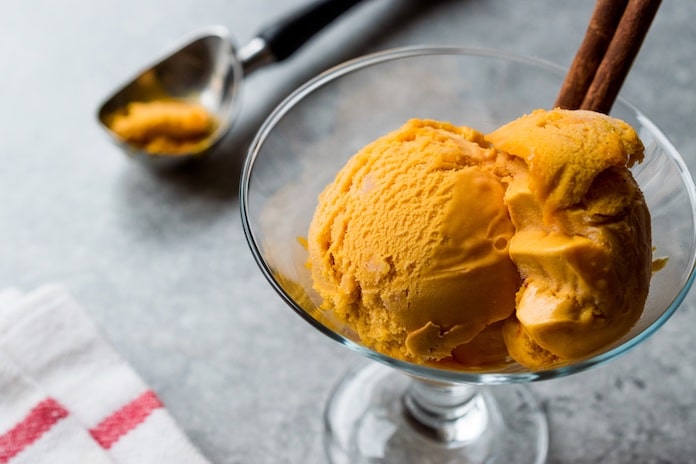The symbols on the Return to Essence chart represent the planets. The planets influence how we play different aspects of our chart depending on which number (gate) is next to them in your chart.
However, we, Return to Essence Analysts, usually do not bring up the planets immediately. Because in order to fully benefit from the information contained in the planets, you need to learn and internalize many data such as your Type, Strategy, Authority. You may want to deepen the planetary effects by taking a 2nd session after these.
The planets in the Return to Essence Analysis, in your Self Chart, have a very strong influence on us. They largely determine the desires, character traits and goals we set for ourselves. Planetary influence is one of the main concepts of the Return to Essence Analysis. At the moment we are born, each celestial body leaves a certain imprint on our Body Chart and, as a result, on our Personality.
By the arrangement of the planets in our Own Map, you can determine all the main aspects of life. To understand the role this or that planet plays in our lives, you need to carefully study its meaning. This is important not only in terms of personality formation, but also in terms of upcoming events, which are greatly influenced by the planets.
According to the Back to Essence theory, as the neutrino stream moves from the sun to the earth, it passes through the filters of the planets, picking up thin layers of their energy. You can think of the planets as colors, when neutrino particles touch them, they are dusted with a rainbow. The moment you are born, this unique color pattern is imprinted into your being and affects how you will appear in the world. Yes, we are the way we are because of the colorful space dust, pretty cool, right?

First, what we need to look at;
Why Some Red Some of them Black?
On the left side of the map RED planets are your unconscious planets. This means that they are things about yourself that others may know about because they are part of your personality, but you may not recognize yourself.
Located on the right side of the map The BLACK one planets are your conscious planets. They are probably what you know or realize about yourself.
Basically each planet has a different impact on your life and how you should live it. I’m not going to get too technical here, I’m not an Astrologer. I’m just going to share the practical impact of each planet. If you want to do your own digging, you can look at the doors (numbers) next to the planetary symbols and see what your specific energy on that planet is all about.
HOW DO THE PLANETS DIFFER IN A RETURN-TO-SELF ANALYSIS AND ASTROLOGICAL BIRTH CHART?
While the typical astrological birth chart shows you the position of the planets at the exact moment of birth, your RETURN TO SELF CHART uses two astrological measurements: Planets at the moment of birth location and three months before your birth positions (or exactly 88 degrees behind the position at birth!).
These data points, your conscious personality as well as your unconscious motivationspaints a picture of your tendencies and inclinations. By blending these, you can begin to see how the many aspects of your being are integrated into the whole that is you!

SUN
YOUR SUN IS WHAT YOU RADIATE TO THE EARTH.
The Sun is Yang and is the most expressive aspect of your personality. This is what you radiate to the world. This will be the first impression others have of you.
The Sun is a great clot of energy force that is the foundation of our original human nature. It is this planet that is responsible for our main purpose, our self-expression and shows the main theme of our incarnation (PURPOSE OF LIFE).
Seventy percent of the neutrinos that program us and pass through our planet are transmitted by the Sun. Our consciousness and our unconscious, what passes through a human being and what is grounded in him or her is also connected to sunlight.

WORLD
YOUR WORLD IS WHAT GROUNDS YOU.
The Earth is Yin and is what grounds you. It is about receiving and integrating. Exploring the gates of your Earth when you are trying to heal is a good place to start, because the energy of Earth influence makes you feel more grounded.
When deciphering RETURN TO SELF, the Earth is often seen as balance. These are the qualities we need to rely on in earthly matters. The better you manifest the qualities of a doorway charged with the energy of the Earth, the easier it is for you to withstand any difficult situation and deal with obstacles that come your way. It is only through the Earth that we gain the ability to exist in this world and understand worldly ways of life.

How do the Sun and the Earth come together?
When making a detailed analysis of the RETURN TO SELF chart, it is not possible to consider the Sun and the Earth separately. They are very closely related. While the Sun is responsible for our inner “I” and the original purpose given to us from above, the Earth, being in a concrete earthly arrangement, is responsible for how we fulfill this purpose in life.
These two planets are completely inseparable, in every human being Yin and Yang is the basis of the concept of the Sun as Yang and the Earth as Yin. The Sun is Yang and the Earth is Yin. This is an indication of the inner interaction and confrontation between light and darkness, good and evil, energy and matter. The Sun of Personality is our ability to radiate our inner light outwards.
The Sun and the Earth directly show the genetic heritage of every human being. The Earth shows the genetics from the Mother and the Sun defines the genetic heritage of the Father. Each of us is the next link in the genetic chain that continues along the lineage of the father. It goes from you to your father and your mother, farther from them and so on forever. You are at the top of this pyramid and absolutely all the ancestors in the paternal lineage are below you. It is you at the top who can manifest all aspects of this genetic field.
The neutrino current from the Sun literally filters through our bodies and is grounded in them. We transform solar energy into earth energy. Thus in every life the interaction between matter and energy, matter and spirit, consciousness and subconsciousness manifests itself. The stronger and more stable the inner earthly support, the brighter will be the light coming from within and directed to the outer world. This is something like photosynthesis, where plants convert solar energy into chemical energy to sustain their vital activity.

AY
IT IS YOUR MOON THAT MOVES YOU.
The moon is a motivating force. If you are following your Human Design Strategy, this is the “why” behind it.
The Moon is the driving force of our subconscious mind. It is literally responsible for the actions we perform at the level of our body. Without it, the life we are used to on Earth would not exist, evolution would take a different path.
Seventy percent of the neutrino flow comes from the Sun, but the direction of this flow is determined by the Moon. The archetype of the Moon is a grown-up girl, she is the one who enables the Earth to fulfill its purpose for which the Sun is responsible.
In other words, the Moon is a reflection of the inner world of human beings projected onto ordinary earthly life.

NORTHERN KNOT
OVER 40 IS A LIFE CONTACT.
Strictly speaking, the Nodes are not directly related to the Planets. However, they play an important role in Human Design. The north lunar node is a kind of indicator of the direction to the future, a person’s inner traveler.
If we consider the North Node in terms of age, this period begins at about 40 years of age. At this age, cardinal changes occur in the life of any person.
How are they expressed? First of all, by the reality that we stop taking from life what it gives us and start giving.
We share our knowledge, experience, secrets with others. This is now the level of Wisdom. And ideally, we do this until we die. At this stage, one lets go of everything that no longer works. He takes into the future only effective tactics and strategies that he can apply during his next lifetime. The position of the North Node in the chart of the Self tells us exactly how we can realize the skills and experience acquired during life.
It doesn’t matter what age cycle you are in right now. The nodes are designed to activate specific doors that are there.

SOUTH KNOT
LIFE THEME FOR 0-39 YEARS
The southern lunar node is the internal geometry responsible for the process of life movement. This node can be called a window that allows programming from the neutrino field. When any of the planets are connected to a node, all the programming created by the stars is erased. Its cycle is 18.6 years.
The South Node defines the stages of our development and maturation, personifying our immaturity until we reach the opposition of Uranus. The transition from the South node to the North is a qualitative leap from adolescence to maturity. The maturity phase begins at the age of 38-43. During this period we begin to live in a new way.
The transition to the North Node means that we leave everything that no longer works in the past and enter a new, more conscious phase. It is the gates of the North Node that now take on the dominant functions and we can stop taking what they used to give us and start sharing our experiences with others.

MERCURY
WHAT YOU ARE HERE TO TEACH AND SHARE
The main indicator of communication in your SELF Chart is Mercury. It fully reflects our sociability, our ability to communicate and get along with other people, it gives us the ability to think and reason, it makes us individuals.
Mercury is the closest to the Sun of all the other planets. Its cycle is 89 days, it is he who directly influences the formation of the fetus at the beginning of pregnancy, preparing the soul and body for birth. This role of Mercury ‘Crystal of Personality’is called its formation. This planet can safely be called the Solar Filter. It passes through itself all the information coming from the Sun, which is involved in the programming of our personality.
If we remember mythology, Mercury appears there as the older brother of the Sun. In the Human Design system, Mercury plays an active role in the formation of the Personality Crystal even before our birth.
Everything we want to say, to discuss, to express our point of view sits firmly inside us. And since we are social creatures, communication skills are simply essential for us. This is why it is so important to learn how to express the themes of the Mercury Gate correctly.

VENUS
YOUR VALUES AND FAVORITE THINGS
Venus is the personification of feminine energy. In ancient Roman and Greek mythology, people feared this unyielding feminine power and therefore embodied the image of Venus as the Goddess of Love and Passion. In reality, however, Venus’ true role is more important. The ancient Maya began their sacrificial rites only when Venus appeared in the heavens. Their perception of the planet is strikingly different from that of ancient Rome.
In the painting RETURN TO SELF, Venus does not mean aesthetics or love, but personifies moral values and ethics. She divides the boundaries in our subconscious between good and evil. What exactly motivates a person to show positive or negative emotions, which moral values are fundamental in everyday life.
If we think of Venus paired with Mars, her beauty, her love, her creative nature – this is just one of the aspects we are used to thinking about.

MARS
AN AREA OF GROWTH OPPORTUNITY
Mars shows the manifestation of an immature power. That is, how a person will manifest himself in situations that are not standard for him, such as conflicts, quarrels, stress. These are uncontrollable emotions during an adrenaline rush.
Mars can be compared to a teenager who is now an affectionate and amiable child and the next minute a cruel bully. His energy is strong, prone to destruction, but not fully matured.
This fact cannot be characterized as positive or negative. Not every human being is ready to accept his moral immaturity. For this it is necessary at least to reject unbridled emotions and youthful maximalism.

JÜPITER
EXPANSION AND REWARDED SPACE
Inside Jupiter, endless reactions take place that release special energy flows needed by human consciousness. Jupiter controls the incarnation processes that take place on Earth.
Jupiter’s influence is the strongest after the Sun. This planet protects the Earth from various foreign bodies, for example asteroids or comets. That’s why in mythology Jupiter is always Protector of the Earth as the most important thing in the world.
Jupiter differs from Venus in that it does not carry moral abstractions but inner laws of power. The realization of the doors fixed by Jupiter means harmony and success in one’s future.
Punishment comes as soon as the law is violated. Saturn will determine in which period of life, in which area and in what way a person will be punished.

SATURN
CHALLENGE READER
Saturn often causes us negative emotions associated with illness, deprivation, death, etc. RETURN TO SELF, this planet seems quite noble because of its honesty and truthfulness. This is the only planet that does not deceive, only points to truth elevated to absoluteness.
Saturn plays the role of the highest judge who gives just punishment for breaking the law. We can say that a person is educated through punishment. The further a person moves away from the Law of Development (Jupiter’s gate), the stronger the Design and Personality aspects determined by Saturn will be in a negative sense.
Saturn’s position in the OZ chart shows where, when and how you will be punished. This is where you will meet resistance due to pain, illness and heavy obstacles. But if you do not break your law, Saturn will leave you alone. This will be his just reward. Around the age of 28, Saturn retrograde occurs.

URANUS
CATALYZER
Uranus shows the creative aspects of the human psyche, what it is gifted in, what qualities it possesses in communication and thinking. The doors defined by Uranus show the aspects that improve the future of the individual.
The position of Uranus in the OZ chart brings dramatic changes in every sense. Thanks to Uranus, you can determine which features of worldview and subtleties of behavior others can recognize.
The person is very well aware that all these qualities are present in him.
At the center of RETURN TO SELF is Uranus. This planet is the closest to our nature. Uranus was discovered in 1781 and then the quality of life on our planet began to improve rapidly. Since that year, we have moved into a 29-year cycle, which is significantly different from the previous 84-year cycle.
Uranus defines the themes of chaos and order. For inspiration, Uranus is looking for chaos, the attraction of which will be seen in the first half of the cycle. And in the second, order and peace should reign.

NEPTUN
SPIRITUAL JOURNEY
Neptune is an opportunity to develop intuition in certain gates of the Design and Personality card. It points to places where mysticism, spirituality is present and also to places where our consciousness is immersed in illusions, dreams and visions.
Neptune can be likened to Pandora’s box, if you investigate these mystical phenomena, then one illusion is followed by another. There is a high probability of getting lost in the virtual world of dreams.
Once you have determined exactly where Neptune is, the best thing you can do is to just walk past it and not focus your attention on it.
Although Neptune offers a wonderful opportunity to retreat into yourself and dive into a magical world designed just for you, the main thing is to learn how to maintain the balance between reality and the fictional world.

PLÜTON
RENEWAL AND REBIRTH
Pluto is a planet that goes through its own cycle for over 250 years. It can stay in each doorway for up to 7 years, so its influence on a person’s Design and Personality is enormous.
Pluto always represents only the truth. He always tells the truth, good or bad. Pluto’s position in the Design chart shows where the Truth is. Man will search for this Truth throughout his life.
The dark side of Pluto indicates that each of us has to dive into our own darkness to see our inner Light. Where Pluto is in your chart is the very dark side of the subconscious that you will have to face at some point in your life.
THE JOURNEY BACK TO SELF is an inexhaustible source of knowledge that will enrich you not only intellectually, but also spiritually. A thoughtful study of this system will allow you to radically change your attitude to life, and then chaos and suffering will be replaced by order and prosperity.
If personal development is a priority for you and you are trying to realize yourself as a human being, it is first to know your CREATION and then to realize EXISTENCE.
However, as I mentioned before, the things you need to know first and foremost in your own Self Map are your Energy Type, Strategy, Authority (Inner Guide), Profile, Incarnation Cross (Life Purpose). Planets and their effect on your Doors should be evaluated separately in the following sessions.
You can contact me to learn the details of your own Self-map and evaluate it together.
Stay with Love and Awareness…
Read also:
- How do I check my gastrointestinal function?Stomach pain, constipation or diarrhea, bloating, belching, heartburn? These are all symptoms of problems in the gastrointestinal tract. It starts with the mouth and esophagus and ends with the intestines and rectum.
- What are the benefits of hazelnut oil for the skin?Hazelnut oil is rich in vitamins and essential fatty acids that nourish the skin. Here are a few reasons why you should add this oil to your skin care routine.
- Immune-boosting aromatic oilsThere are many products and treatments that can help your body to build a natural resistance to the harsh winter months, and aromatherapy is one of them. There are many studies supporting the healing power of aromatherapy and it is good for both mental and physical health. Aromatic essential oils also have many health benefits… Read more: Immune-boosting aromatic oils
- Marula Oil Benefits, Uses, and PrecautionsMarula Oil is an exotic oil that comes from the African Marula tree. It’s a good ingredient for skin, hair, and nails. Learn more about the benefits and precautions of Marula Oil with our guide.
- Goal setting for students, children and young peopleRemember when you learned how to set goals? If you have trouble answering this question, you are not alone! Most of us don’t spend much time thinking about how we set our goals. In fact, many of us don’t even think of goal setting as a skill; rather, it’s something we do without much thought.… Read more: Goal setting for students, children and young people
The articles on this site are for information purposes only. The site administrators are not responsible for attempting to apply any recipe, advice or diet, nor do they guarantee that the information provided will help or harm you personally. Be cautious and always consult a doctor or nutritionist!
*All products recommended are selected by our editorial team. Some of our articles include affiliate links. If you buy something through one of these links, you help us earn a small commission from the seller and thus support the writing of useful and quality articles.












